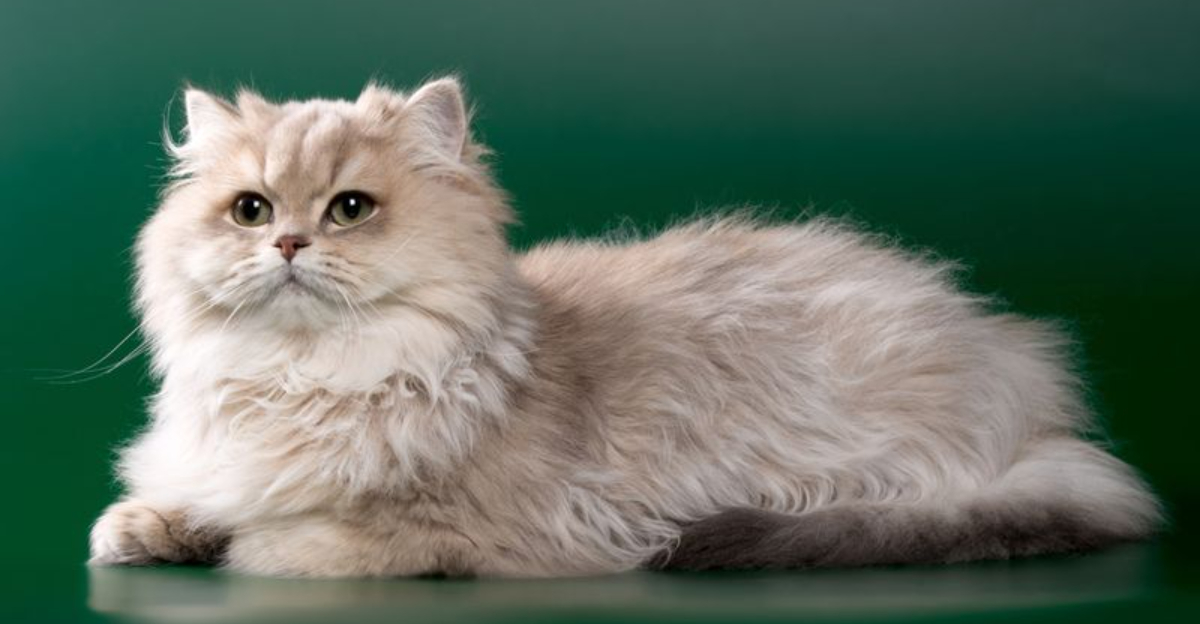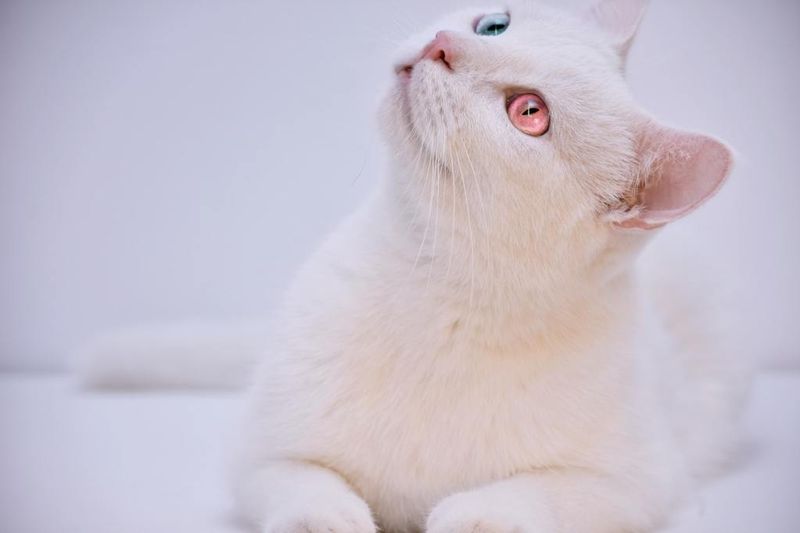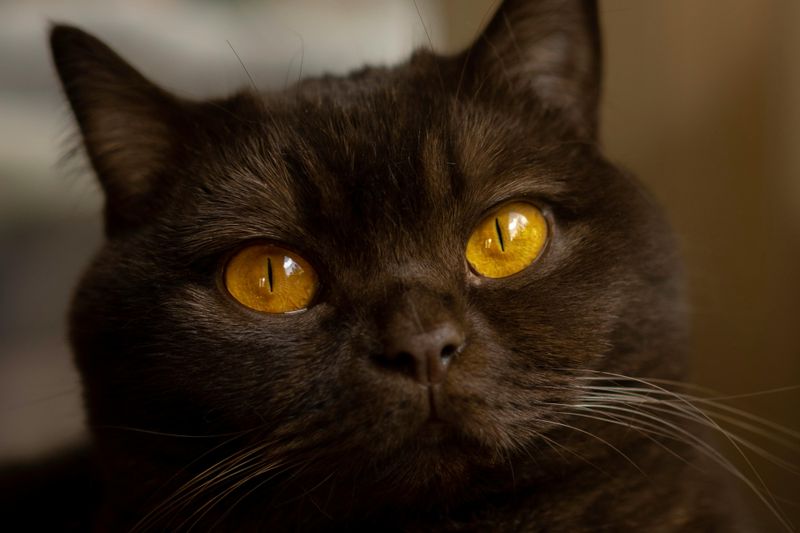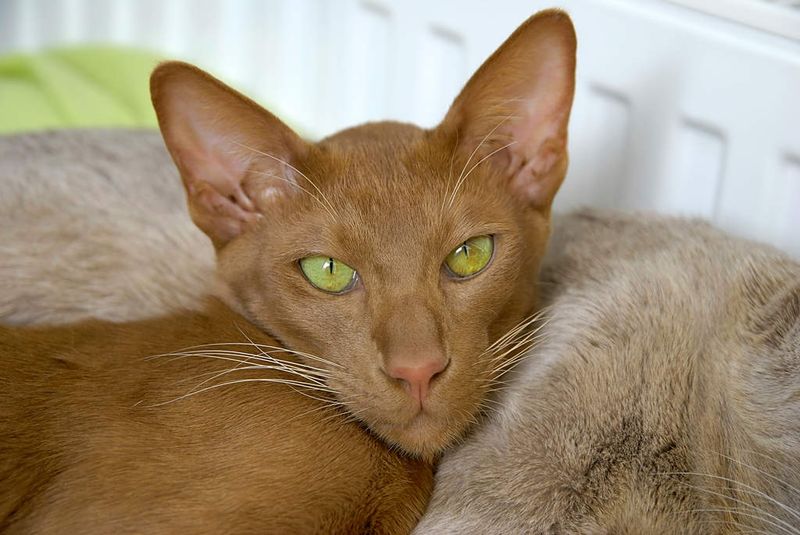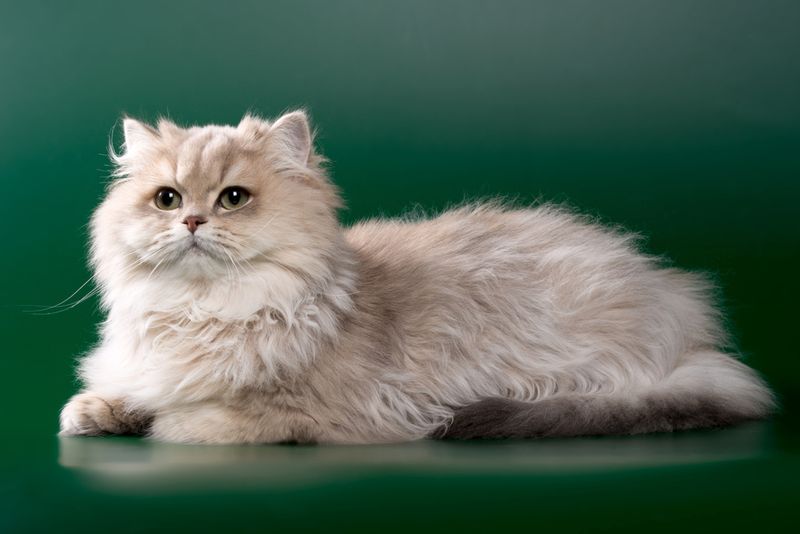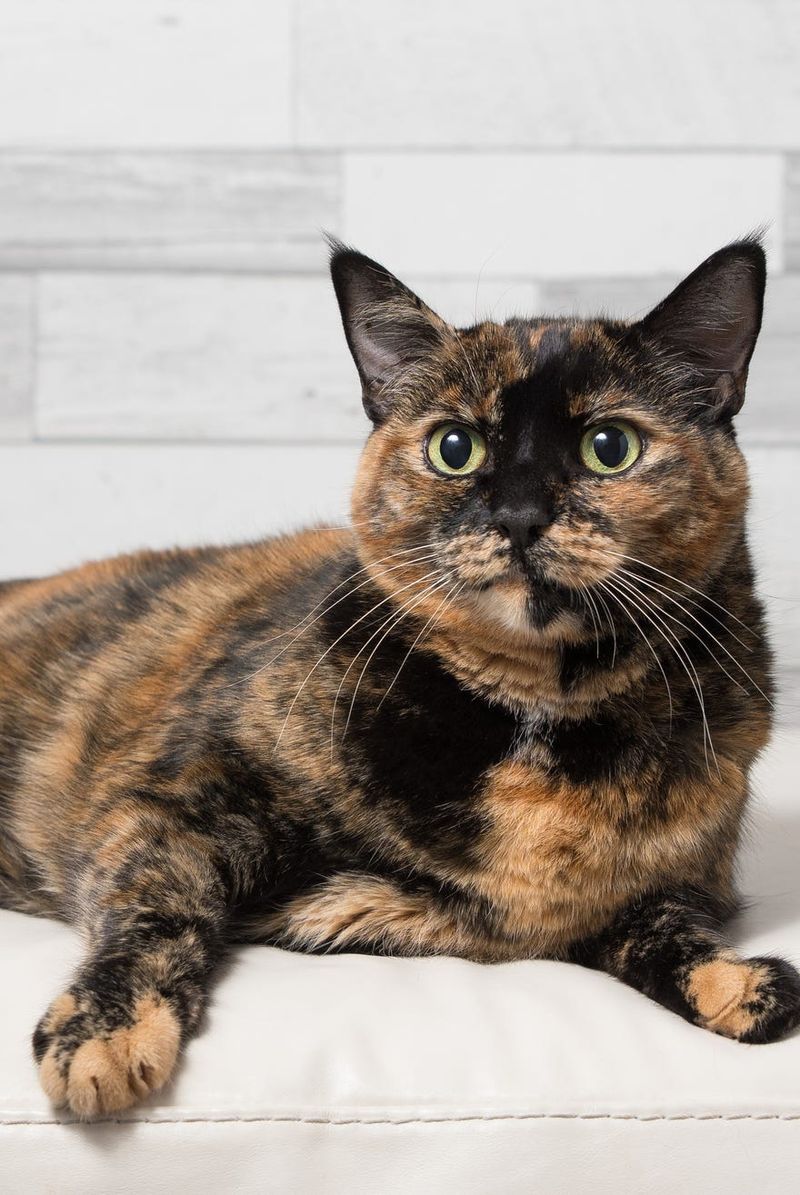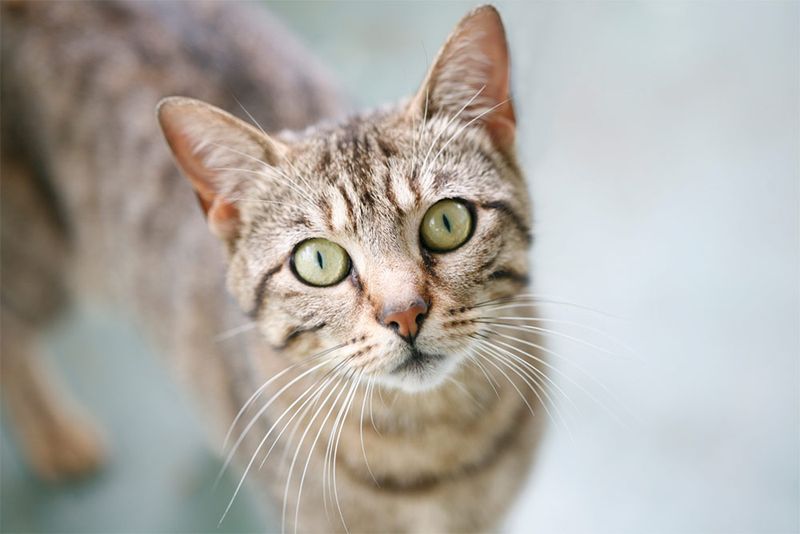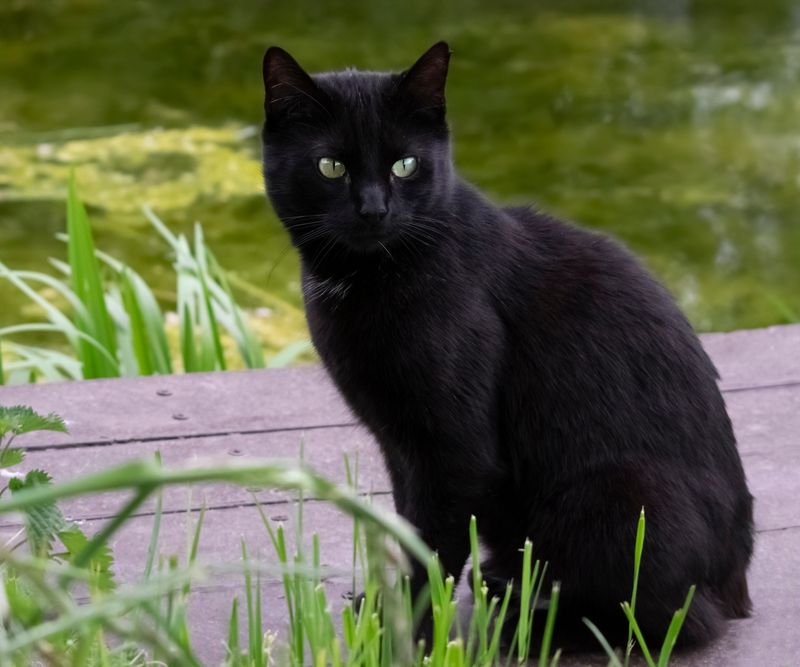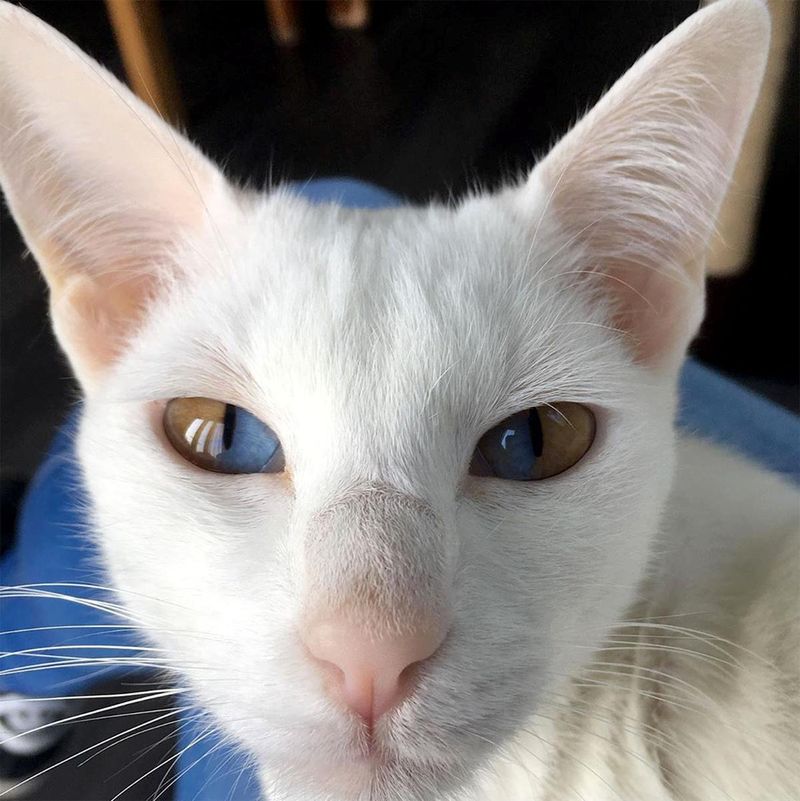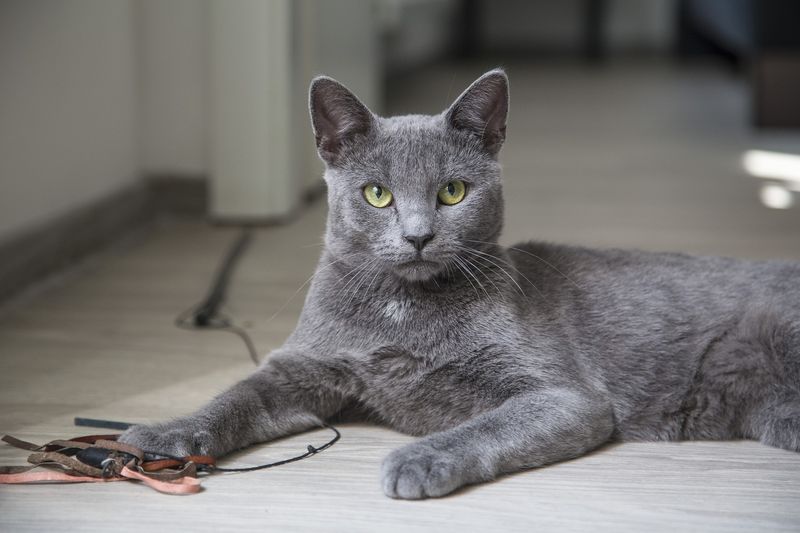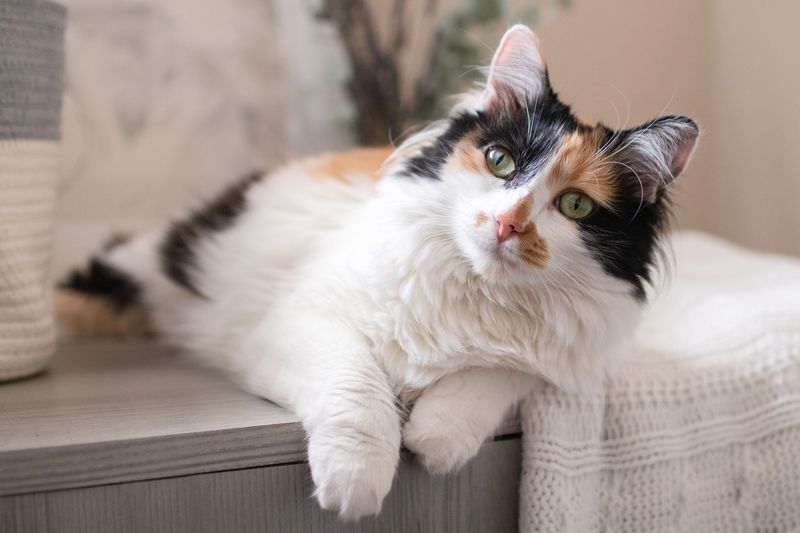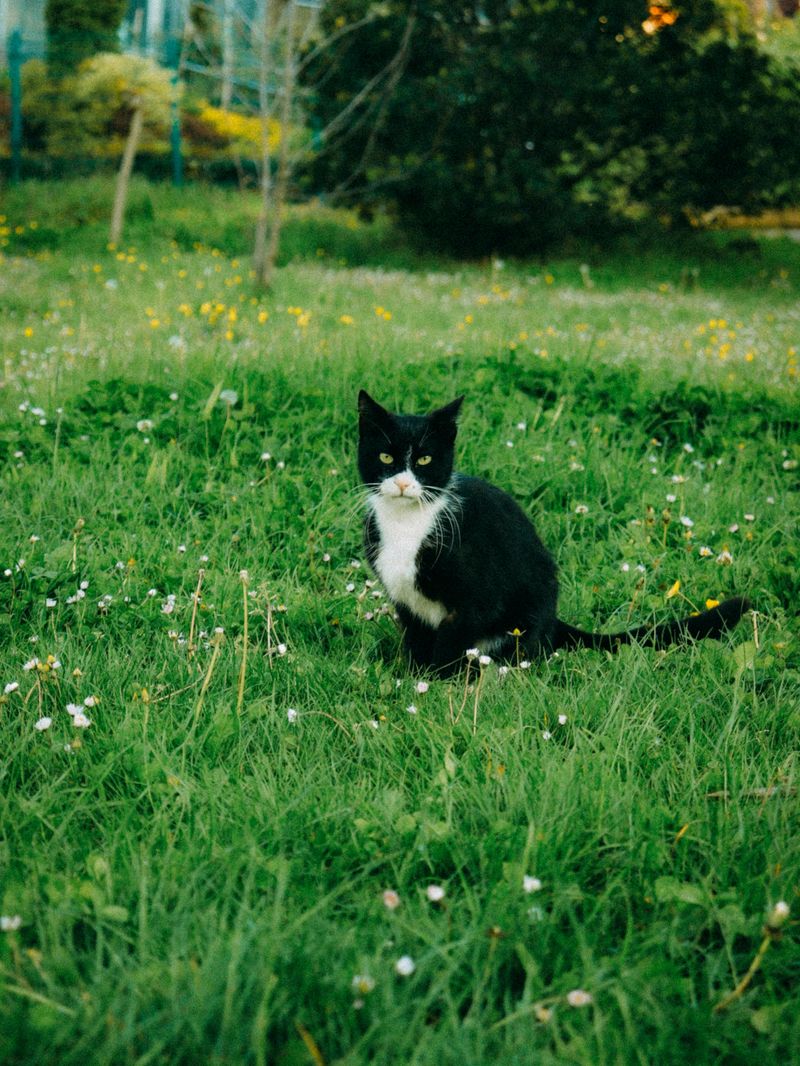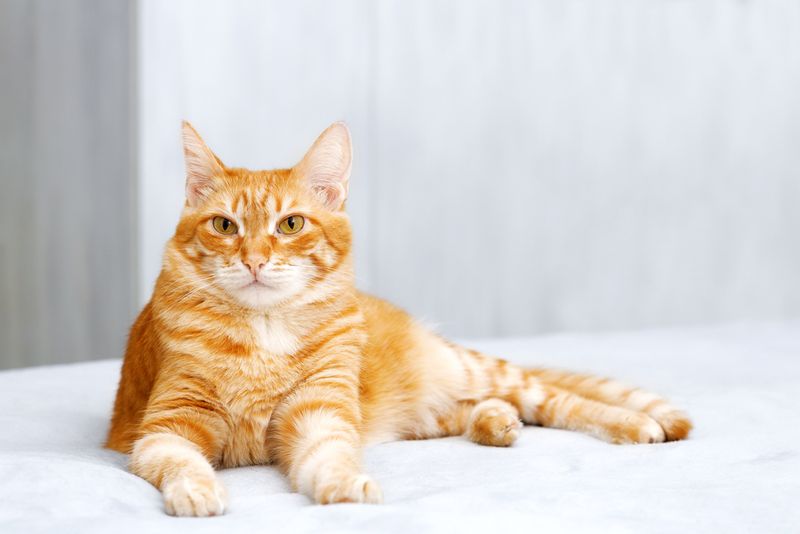📖 Table of Content:
Cats are not only adored for their quirky personalities and mysterious charm, but also for their dazzling variety of coat colors and patterns. From the sleek sheen of a solid black cat to the fiery mix of a tortoiseshell, the diversity in feline coats is a visual feast for animal lovers. Yet, some colors and markings are so rare that encountering them feels like discovering a hidden gem in the feline world.
These colorations aren’t just skin deep; they’re shaped by intricate genetics, breed histories, and evolutionary quirks. Rare coat types often stem from recessive genes or breed-specific traits that require careful and intentional breeding to preserve. On the other hand, the more common patterns have endured for centuries due to their widespread genetic dominance or natural camouflage benefits in the wild.
Understanding what makes certain colors and patterns rare—or incredibly common—adds another layer of appreciation for our feline companions. Whether you’re a cat parent, breeder, or simply curious about what makes your pet special, knowing where your cat’s look falls on the rarity spectrum is both fun and informative. Here’s a closer look at some of the rarest and most widespread feline coats in the world today.
1. Albino
Unlike white cats, albino cats lack all pigmentation due to a genetic mutation that affects melanin production. Their coats appear pure white, but the real distinction lies in their eyes, which are often pale blue or pink due to light reflecting off the blood vessels behind them. This condition is extremely rare and usually tied to a complete lack of color genes rather than a simple white fur gene. As a result, albino cats are more sensitive to sunlight and may experience vision problems or skin sensitivity. Their rarity makes them a curiosity even among cat breeders and enthusiasts. Very few breeds naturally carry the albino gene, making it nearly impossible to find these cats in the general population. When they do appear, it’s typically the result of highly specific and uncommon genetic pairings.
2. Chocolate
Chocolate-colored cats showcase a rich, warm brown tone that stands out in the feline world. The color isn’t just brown—it’s a deep, velvety shade that adds a unique softness to their appearance. This particular coat is created by a dilution of the black gene, resulting in a lighter pigmentation that is genetically recessive. Because both parents need to carry the gene for a kitten to express the chocolate color, it remains rare across most domestic populations. You’ll most commonly find this coloring in breeds like the Havana Brown or Oriental Shorthair. Their exotic and distinctive appearance often draws admirers who aren’t familiar with the coat’s rarity. Even among breeders, producing a chocolate cat takes deliberate pairing and can be considered a point of pride.
3. Cinnamon
Standing out with its light reddish-brown hue, the cinnamon coat is even rarer than chocolate. It’s produced by another recessive gene variation that alters black pigmentation into a softer, rusty tone. Though similar in process to the chocolate gene, cinnamon’s genetic profile is even less widespread in feline populations. This color is primarily found in certain pedigree breeds like Abyssinians and Oriental Shorthairs, where selective breeding has maintained the trait. The delicate warmth of this coat makes it particularly appealing to those seeking unique aesthetics. Unlike bolder colors, cinnamon offers a subtle elegance that often goes unnoticed until viewed up close. Its gentle reddish undertones give off a warmth that’s rare and endearing in equal measure.
4. Chinchilla
Chinchilla-patterned cats shimmer with a silvery, frosted appearance that gives them an almost ethereal quality. Their fur is white at the base and tipped with black, creating a sparkling effect in sunlight. This stunning pattern is typically associated with Persian cats and takes generations of precise breeding to perfect. While technically not a solid color, the chinchilla pattern is categorized by its rarity and intricate genetic requirements. Its name is borrowed from the South American rodent known for its luxurious fur, and for good reason—chinchilla cats are known for their plush, soft coats. They often have bright green or blue-green eyes that contrast beautifully with their pale fur. Because of their fragility and rarity, these cats are typically showcased in cat shows rather than found in everyday households.
5. Tortoiseshell Male
Perhaps the rarest color-pattern combination in the cat world is the male tortoiseshell. Tortoiseshell coloring—an intermingled mix of black, orange, and sometimes cream—is normally found in female cats due to its X-linked genetic nature. For a male to inherit this pattern, he must have an extra X chromosome (XXY), which occurs in only about 1 in 3,000 tortoiseshell cats. These males are almost always sterile and often have other health complications related to their chromosomal makeup. Despite this, they are occasionally born and are highly sought after for their uniqueness. Their unusual status often leads to legends and superstitions surrounding good luck or rarity. While female torties are celebrated for their bold coloration, a male with this pattern is a genetic anomaly and a rare wonder.
1. Tabby
Tabby cats dominate the feline world with a variety of striped, swirled, or ticked patterns. Most people recognize the classic “M” shape on the forehead of a tabby, which is a hallmark of the pattern. These cats come in four main types: classic, mackerel, spotted, and ticked, each with its own distinctive look. Genetically, tabby is the default pattern for cats, which explains its prevalence in both purebred and mixed breeds. You’ll find tabby cats in virtually every country, in every climate, and in nearly every breed. Their patterns often provide effective camouflage in nature, giving them an evolutionary advantage. Whether brown, gray, or orange, the tabby pattern is a timeless favorite that never feels ordinary.
2. Solid Black
Sporting an air of mystery and elegance, solid black cats are one of the most iconic feline types. Their coats are uniform and glossy, often highlighted by striking green or amber eyes. Unlike other patterns, a true solid black cat has no faint stripes or color patches even under bright light. The gene responsible for black fur is dominant, which contributes to its wide distribution among cats globally. Still, myths and superstitions about black cats have influenced their adoption rates in both positive and negative ways. They’ve long been associated with magic, luck—both good and bad—and folklore across many cultures. Regardless of myth, the sleek beauty of a black cat remains undeniable and ever-popular.
3. Solid White
Crisp and pristine, solid white cats offer a clean, eye-catching coat that’s often paired with blue or gold eyes. Their snowy fur is caused by a masking gene that overrides any other color pattern they might have inherited. This trait is common in several breeds including Turkish Angoras, Persians, and domestic shorthairs. Unlike albino cats, white cats do possess pigment in their eyes and skin. However, white fur is sometimes linked to deafness, especially in cats with blue eyes. Their angelic appearance makes them a favorite among cat lovers who adore minimalist beauty. Though they stand out visually, they are genetically common and widely seen in domestic populations.
4. Gray/Blue
Blue or gray cats showcase a soft, smoky coat that exudes calm and elegance. The “blue” term in feline terminology refers to a dilute black gene that creates the grayish tone. This coloration is particularly popular in breeds like Russian Blue, British Shorthair, and Chartreux. Blue-gray cats often have a plush, dense coat that enhances their regal presence. Their eye colors, typically green or copper, contrast beautifully with the slate fur. This calming hue has won the hearts of cat lovers for its soothing and gentle visual appeal. While not exotic, it remains a beloved and familiar sight in many households.
5. Calico (Female)
Bursting with bold patches of white, orange, and black, calico cats are exclusively female in nearly all cases. This coloration arises from a unique interaction of genes located on the X chromosome, which is why males are virtually nonexistent. Calicos differ from tortoiseshells by having larger, more defined color patches, usually with significant amounts of white. The pattern isn’t tied to a specific breed, meaning calico cats appear across a broad range of feline types. Their bright, festive coats often draw comparisons to good fortune in many cultures. In Japan, for instance, calico cats are considered lucky and symbolic of prosperity. Despite their frequent appearance in shelters and homes, their complex genetics make each one truly one of a kind.
6. Bicolor
With two contrasting colors, typically black or gray mixed with white, bicolor cats are as classic as they come. Common configurations include the “tuxedo” pattern, where white paws and chests give the impression of formalwear. These cats are found across countless breeds and are especially prevalent among domestic shorthairs. The gene responsible for white spotting creates a broad range of possible looks, from tiny white toes to nearly half-white coats. Their varied and appealing appearances make them a staple in pet homes around the world. People are often drawn to the symmetry and playfulness of the bicolor arrangement. It’s a pattern that manages to be both traditional and full of personality.
7. Orange/Red Tabby
Fiery and charismatic, orange tabbies bring warmth and energy wherever they go. These cats are technically tabbies, as all orange cats express the tabby pattern due to genetic factors. Most of them are male because the gene for orange coloring is sex-linked and more likely to be expressed in males. Their markings range from bold swirls to tiger-like stripes, making each one unique. Known for their affectionate and social personalities, they’re often depicted as cartoonish or playful characters in pop culture. Their striking coats can range from pale cream to deep marmalade, adding to their visual charm. Despite their vibrant looks, orange tabbies are among the most common and beloved domestic cats worldwide.
